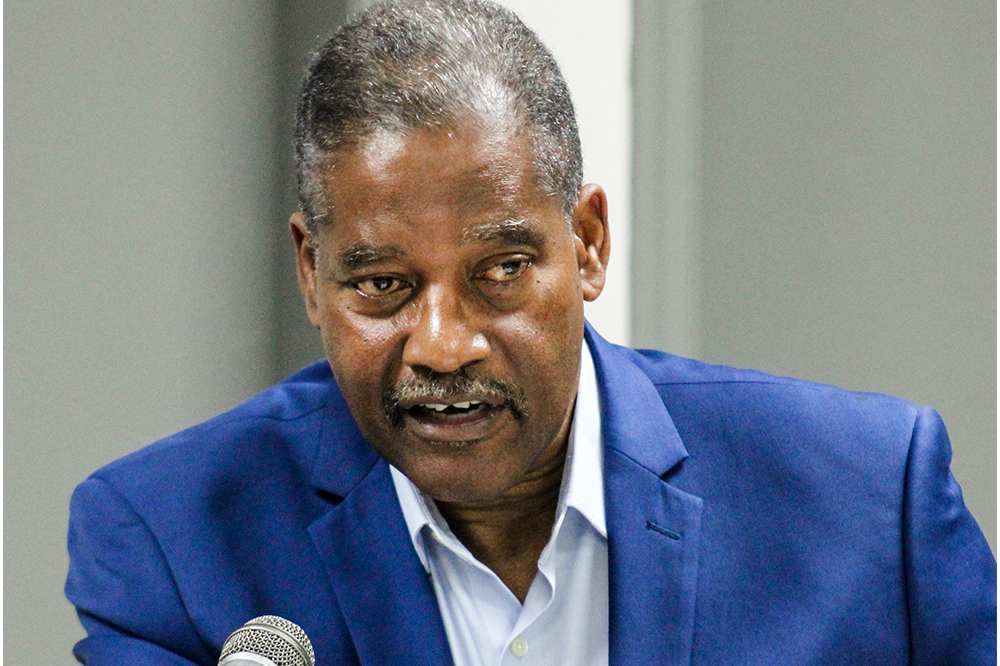The country’s water system was expected to be back to full capacity and distribution by this weekend, Garth Saunders, Chief Executive Officer (CEO) of the Central Water and Sewerage Authority (CWSA), said.
Saunders assured, during a radio update, that as of the day of the update – Wednesday 21st April – that members of his team were in the field identifying the areas that were still without water.
As a result of the series of explosive eruptions of the La Soufrière volcano, which began on April 9, the national water system was thrown into disarray.
The CWSA team was quick to restore sections of the system but given the extent of the damage and the threat of the volcanic ash to water sources and catchments, there were still communities reporting that water had not been restored.
Most of those who remained without water or had a rationed service were being fed via the Jennings storage facility.
Saunders explained that this was as a result of the design of the system which he described as gravity spread (fed), so that even though the water was being sourced high in the forests, consumers were not able to get access to this water directly from the main line, because the pressure would be too high.
Consumers therefore, are fed via sub-storage tanks which are in turn fed from the Jennings intake.
Saunders further explained that there was a recent, additional strain on the Jennings system due to the increased number of consumers in particular areas, this because of the presence of evacuees.
Getting the sub-storage tanks to the capacity that they ought to have been was challenging, the CEO said.
“So, what was proposed was that some work needed to be done in order that there may be a little more flexibility to the system to allow for a more direct supply from the main line. When there is an emergency, we should be a little more direct and targeted at that Jennings system,” the CWSA CEO said.
For now, they had to wait for the gradual build-up in order that water is restored to the required capacity.
Saunders also addressed the issue of some communities having water restored and others not, despite their proximity to each other, saying that this had to do with the pipeline distribution network.
He explained that there were pressure zones throughout the network that demanded control in these areas, and this again came down to the engineering and design of the system.
And toward making the system more efficient, Saunders said that he had already asked for assistance from the United Nations, and that he had spoken to members of the delegation that visited the country.
Saunders informed that the storage capacity of the existing system had moved from 3.5 million to 5.8 million gallons.
“But we need to investigate whether or not we can have more flexibility,” Saunders said, adding that the CWSA was now better prepared and knowledgeable to ride out another occasion such as the one recently experienced.

